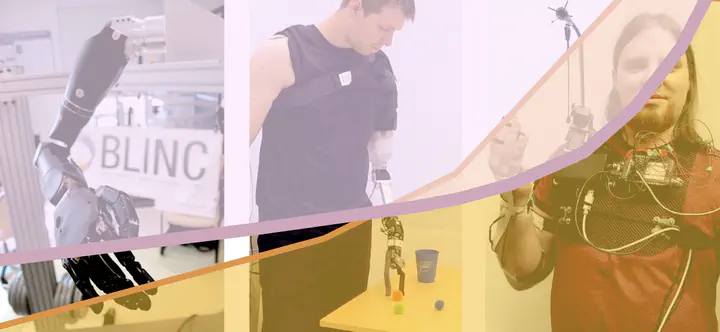Communicative capital: A key resource for human-machine shared agency and collaborative capacity

Abstract
In this work, we present a perspective on the role machine intelligence can play in supporting human abilities. In particular, we consider research in rehabilitation technologies such as prosthetic devices, as this domain requires tight coupling between human and machine. Taking an agent-based view of such devices, we propose that human–machine collaborations have a capacity to perform tasks which is a result of the combined agency of the human and the machine. We introduce communicative capital as a resource developed by a human and a machine working together in ongoing interactions. Development of this resource enables the partnership to eventually perform tasks at a capacity greater than either individual could achieve alone. We then examine the benefits and challenges of increasing the agency of prostheses by surveying literature which demonstrates that building communicative resources enables more complex, task-directed interactions. The viewpoint developed in this article extends current thinking on how best to support the functional use of increasingly complex prostheses, and establishes insight toward creating more fruitful interactions between humans and supportive, assistive, and augmentative technologies.